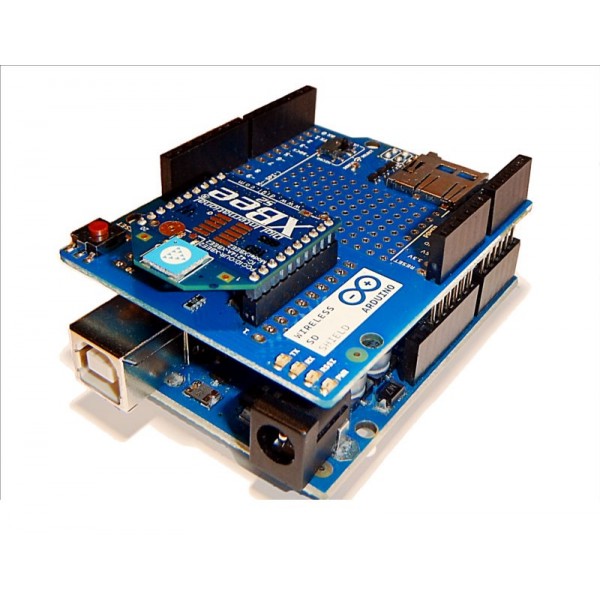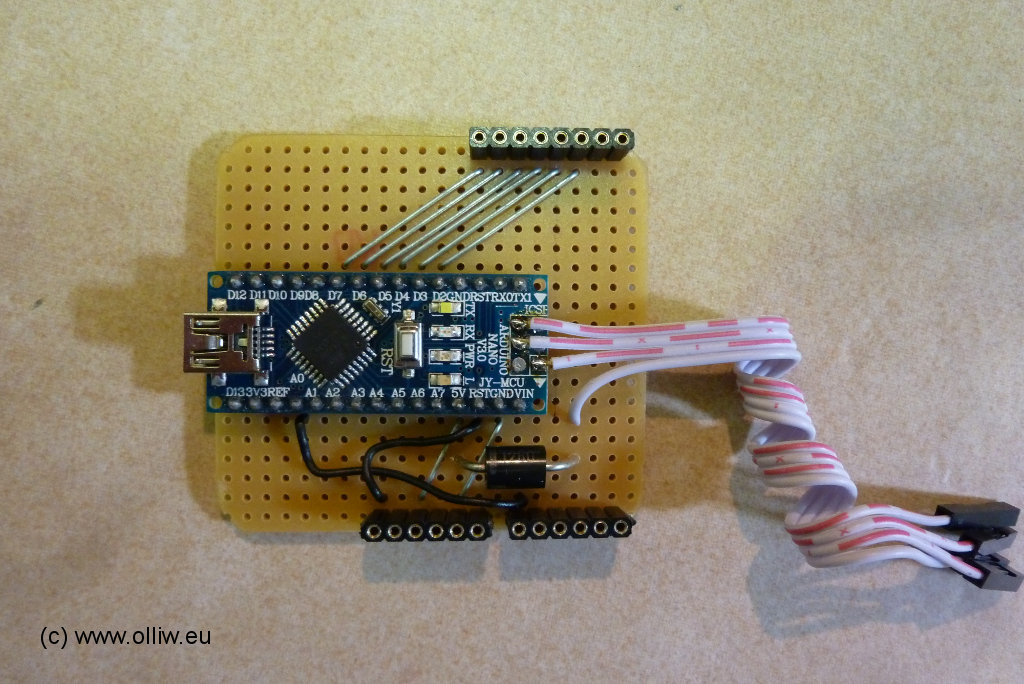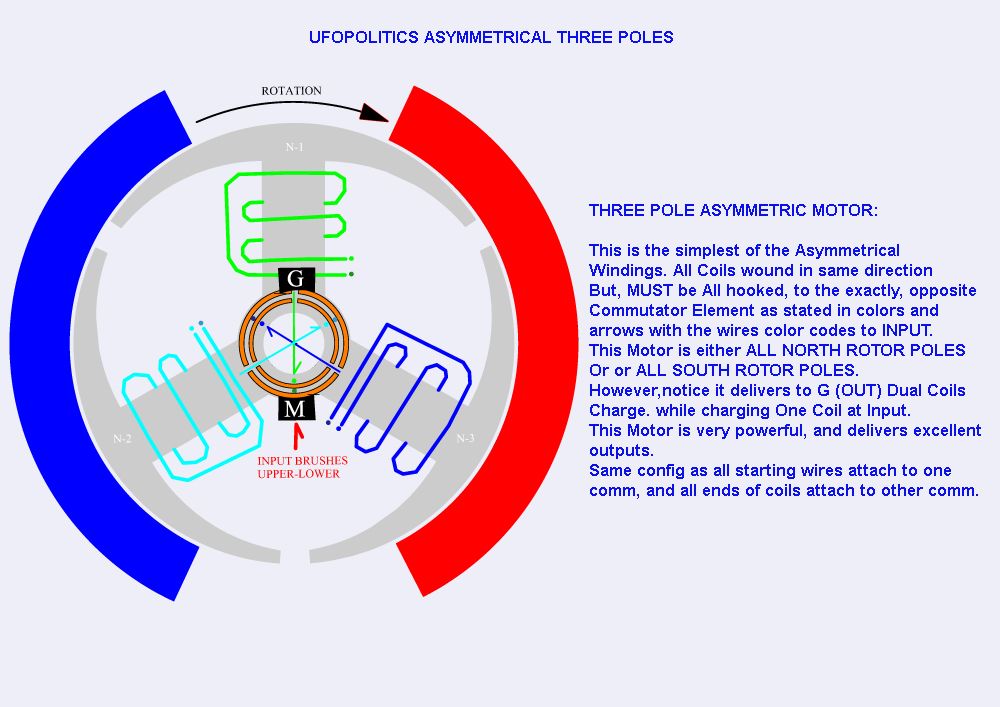Sorry for that I realized some minutes later and corrected it. please try it again now.
EDITING: Please press the button "advanced editing" additionally after "edit". That area edits quite well!
You asked regarding importance of delay time at FETs:
If you calculate a cycle of switch on and off you have to add:
-----------------------
summed up: 333ns
The FET is able to switch within this time on and off (330ns) completely but there is no flat part on top - just a cone shape only. The period of 330ns corresponds to 3MHz. If we want to have nice square shape we need to take the period 10 times (3300ns / 300KHz).
Now comprehend the notions above as performance at ideal conditions. In reality we possibly need to add further deratings due to poor driving, heat .....
Let's calculate real 200KHz to work fine.
This will be more than siffitient for UFO circuits - given you operate at 50% duty cycle. If you decide to adjust 10% (factor 5 copmpared to 50%) duty cycle the shape of a songle pulse behaves like 200kHz times 5 = 1MHz. Thus the pulse will not be of nice square shape. 10% duty cycle will be fine at 40 KHz only.
The elaboration above relates to having nice quare shaped pulses on the scope, avoiding unwanted side effects and heat problems - quite normal and sane procedure for basic setup. But there is more to it.
Very independently from nice squares SHE does not care of pulse shape but on steepness of the edges only. SHE forwards a flash of energy at every switch off edge. The energy of a single flash will increase with the steepness of the edges. This is essential! Every edge adds another chunk of energy. AH, the frequency is an effect as well! Yes well, but it is much more effective to get fewer but strong flashes than many and halfhearted ones.
And please note that steep edges when pulsing a coil generates HIGH spikes at FET.
I hope to have explained on why I prefer fast high voltage pulsers. Ufortunately RDSon, Voltage DS and max. amps affect each other and we can not have all at same time. Fortunately there are some few manufacturers mastering this procedure quite well. I posted recently the selection list from Farnell (not to be misunderstood as recommended source). If you set your requirement to 500V , 100ns, 70 amps, 0.08 Ohm or better you will find very few components and even fewer being payable for low funds. Infineon is one of them along their special technology.
Please understand: this is my thinking and demand. Lots of setups do not aim to a final high end pulser. A plurality of other setups of lower quality might work quite well in your environment. But note that there is a realm where you can enter if you require high performance. Good news: manufacturers are quite inventive and FETs get better from year to year!
JohnS
EDITING: Please press the button "advanced editing" additionally after "edit". That area edits quite well!
You asked regarding importance of delay time at FETs:
If you calculate a cycle of switch on and off you have to add:
- on delay i.e. 130ns
- switching speed i.e. 10ons
- off delay i.e 103ns
-----------------------
summed up: 333ns
The FET is able to switch within this time on and off (330ns) completely but there is no flat part on top - just a cone shape only. The period of 330ns corresponds to 3MHz. If we want to have nice square shape we need to take the period 10 times (3300ns / 300KHz).
Now comprehend the notions above as performance at ideal conditions. In reality we possibly need to add further deratings due to poor driving, heat .....
Let's calculate real 200KHz to work fine.
This will be more than siffitient for UFO circuits - given you operate at 50% duty cycle. If you decide to adjust 10% (factor 5 copmpared to 50%) duty cycle the shape of a songle pulse behaves like 200kHz times 5 = 1MHz. Thus the pulse will not be of nice square shape. 10% duty cycle will be fine at 40 KHz only.
The elaboration above relates to having nice quare shaped pulses on the scope, avoiding unwanted side effects and heat problems - quite normal and sane procedure for basic setup. But there is more to it.
Very independently from nice squares SHE does not care of pulse shape but on steepness of the edges only. SHE forwards a flash of energy at every switch off edge. The energy of a single flash will increase with the steepness of the edges. This is essential! Every edge adds another chunk of energy. AH, the frequency is an effect as well! Yes well, but it is much more effective to get fewer but strong flashes than many and halfhearted ones.
And please note that steep edges when pulsing a coil generates HIGH spikes at FET.
I hope to have explained on why I prefer fast high voltage pulsers. Ufortunately RDSon, Voltage DS and max. amps affect each other and we can not have all at same time. Fortunately there are some few manufacturers mastering this procedure quite well. I posted recently the selection list from Farnell (not to be misunderstood as recommended source). If you set your requirement to 500V , 100ns, 70 amps, 0.08 Ohm or better you will find very few components and even fewer being payable for low funds. Infineon is one of them along their special technology.
Please understand: this is my thinking and demand. Lots of setups do not aim to a final high end pulser. A plurality of other setups of lower quality might work quite well in your environment. But note that there is a realm where you can enter if you require high performance. Good news: manufacturers are quite inventive and FETs get better from year to year!
JohnS
 Be aware to be erroneous!
Be aware to be erroneous!
















Comment